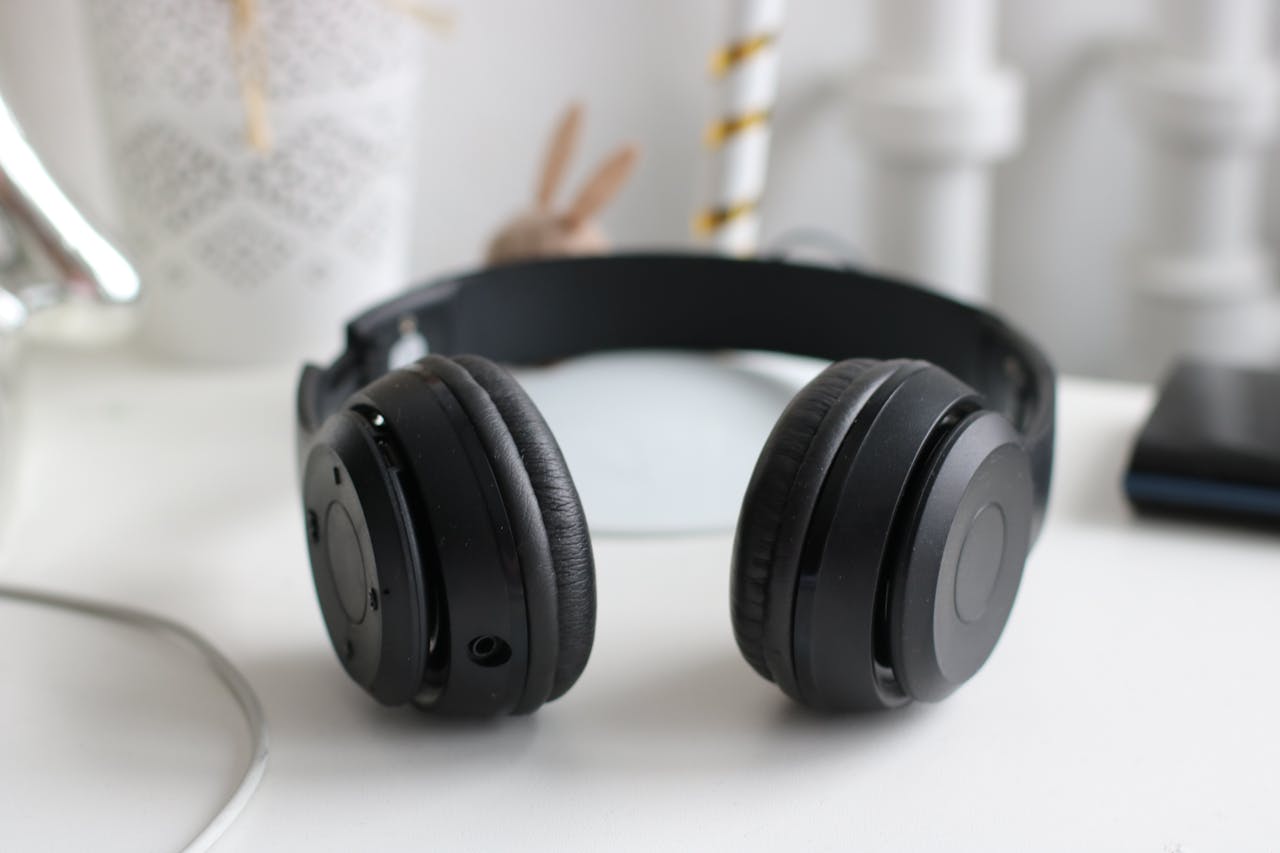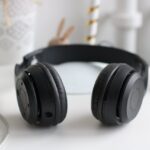In today’s classrooms, technology is more than just a tool—it’s a gateway to enhanced learning experiences. Among the many gadgets that support education, headphones have become a staple. Whether for listening to educational podcasts, participating in virtual lessons, or blocking out distractions during study time, the right pair of headphones can make a world of difference. But with so many options available, how do you choose the best classroom headphones? Let’s dive into the top five key features that make headphones ideal for the classroom. You can visit this site to find more classroom headphones resources to help you purchase the best piece for your learning needs.
Durability
The classroom can be a challenging environment for any gadget, and headphones are no exception. With frequent use and handling by multiple students, headphones need to be built to last. Durability is one of the most essential features to consider. Look for headphones made from high-quality materials with reinforced joints and thick cables that can withstand daily wear and tear. Additionally, models with tangle-free cords and foldable designs are ideal for easy storage and transport, reducing the risk of damage.
Comfort and Fit
Comfort is crucial, especially when students wear headphones for extended periods. Headphones that are too tight or have uncomfortable ear pads can cause distractions and discomfort, negatively impacting the learning experience. Adjustable headbands and cushioned ear cups are essential features that provide a snug yet comfortable fit for students of all ages. Lightweight designs also help to reduce fatigue, allowing students to focus on their tasks without being bothered by the weight of the headphones.

Noise Isolation
Classrooms can be noisy environments, and the ability to block out distractions is essential for maintaining focus. Noise isolation is a critical feature that helps students concentrate on their lessons without being interrupted by surrounding noise. While active noise-canceling headphones might be too costly for schools, passive noise isolation—achieved through well-fitting ear cups that cover the ears completely—can be just as effective. This feature is especially beneficial during exams, individual study sessions, or working in a shared space with varying noise levels.
Volume Limiting
Protecting students’ hearing is paramount, and headphones with volume-limiting technology are necessary for any classroom setting. Volume-limiting headphones cap the maximum volume output to a safe level, usually around 85 decibels, which is considered safe for prolonged listening. This feature is essential for younger students who may need more awareness to regulate volume levels on their own. By ensuring that headphones cannot exceed safe sound levels, educators can help prevent potential hearing damage.
Compatibility and Connectivity
Classroom headphones should be versatile enough for various school devices, including computers, tablets, and interactive whiteboards. Compatibility is critical, and headphones with standard 3.5mm jacks or USB connections ensure they can be used across different platforms. Wireless options with Bluetooth connectivity are also becoming more popular, allowing students to move around without being tethered to a device. However, it’s essential to ensure wireless headphones have a stable connection and sufficient battery life to last a full school day.
Choosing the right headphones for the classroom is not just about finding a good sound quality device; it’s about selecting a tool that enhances the learning experience. Durability, comfort, noise isolation, volume limiting, and compatibility are the top features that make headphones classroom-ready. By investing in headphones that cater to these needs, educators can create an environment where students can focus, learn, and thrive. Whether for language learning, listening to lectures, or engaging in interactive lessons, the right headphones can make all the difference in the modern classroom.






Be the first to reply